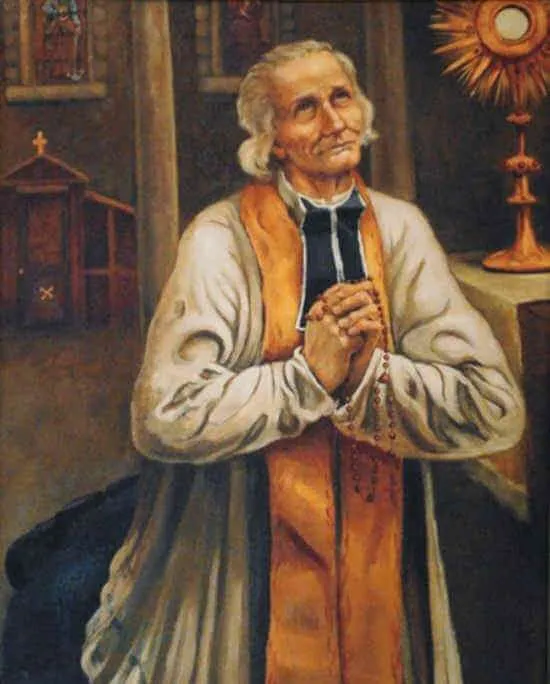Lorem ipsum dolor sit amet, consectetur adipiscing elit. Ut elit tellus, luctus nec ullamcorper mattis, pulvinar d
Saint Margaret Clitherow was married to John Clitherow, a wealthy butcher and a chamberlain of the city. In 1574, Saint Margaret Clitherow converted to Roman Catholicism. Her husband, who belonged to the Established Church, was supportive and paid her fines for not attending church services. But in 1577, Saint Margaret was imprisoned for failing to attend church, which was followed by two more incarcerations at York Castle.
Saint Margaret risked her life by harbouring and maintaining priests, which was made a capital offence by the Jesuits. She provided two chambers, one adjoining her house and, with her house under surveillance, she rented a house some distance away, where she kept priests hidden and Mass was celebrated through the thick of the persecution. Her home became one of the most important hiding places for fugitive priests in the north of England. In March 1586 the Clitherow house was searched. A frightened boy revealed the location of the priest hole.
Saint Margaret was arrested and called before the York assizes for the crime of harbouring Catholic priests. She refused to plead, thereby preventing a trial that would entail her three children being made to testify, and being subjected to torture. She was sentenced to death. Although pregnant with her fourth child, she was executed on Lady Day.
Saint Margaret Clitherow is the patroness of the Catholic Women’s League. She was an English saint and martyr of the Roman Catholic Church, known as “the Pearl of York”. She was canonised in 1970 by Pope Paul VI.
apibus leo.
Sources:
https://en.wikipedia.org/wiki/Margaret_Clitherow
"Saint Margaret Clitherow", Britannica.com
Rayne-Davies, John (2002). Margaret Clitherow: Saint of York. Beverley : Highgate of Beverley.
Camm, Bede. "St. Margaret Clitherow." The Catholic Encyclopedia Vol. 4. New York: Robert Appleton Company, 1908.








